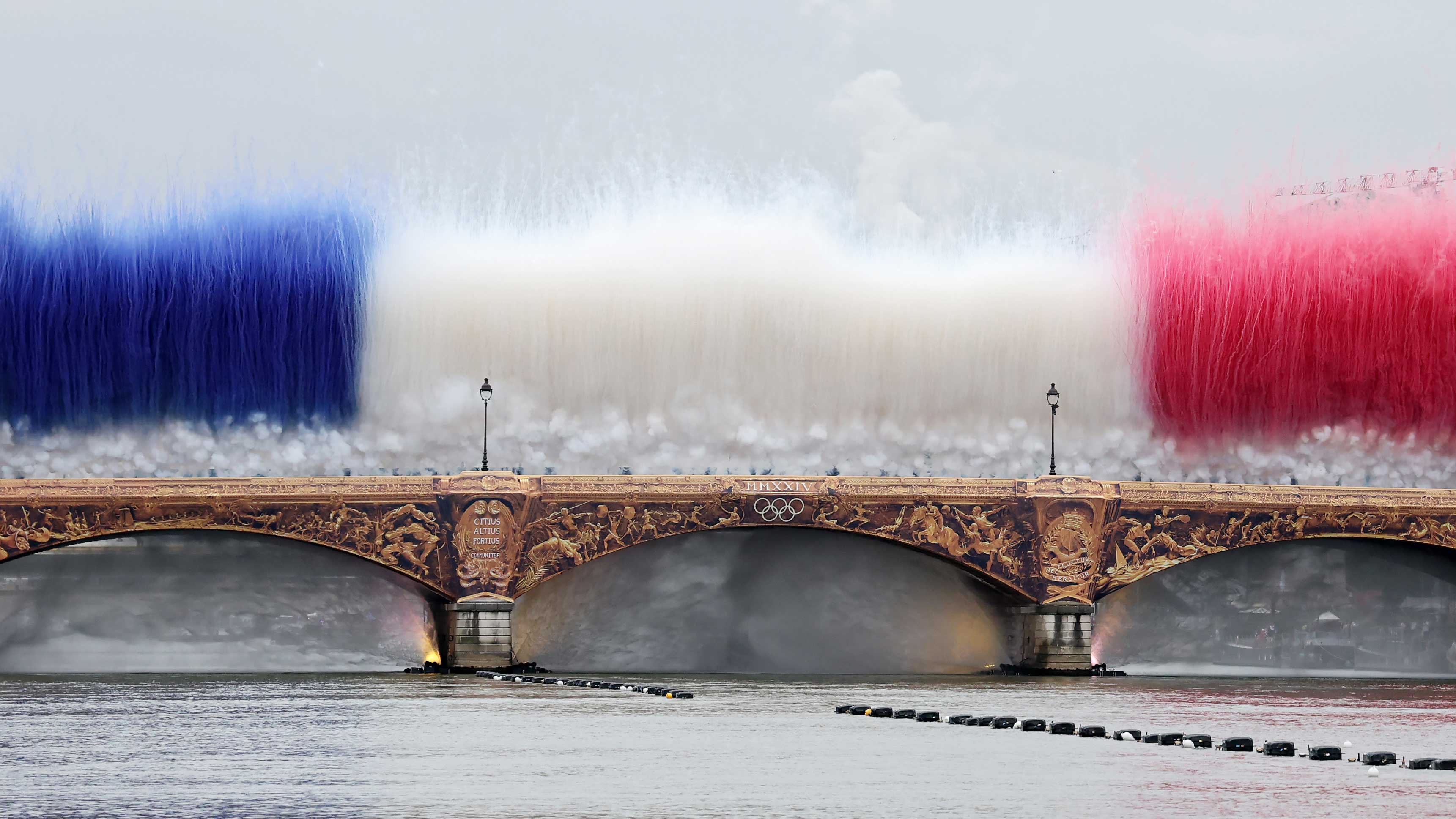A beacon for Brazil: Chelles & Hayashi unveil Rio 2016 Olympic torch design
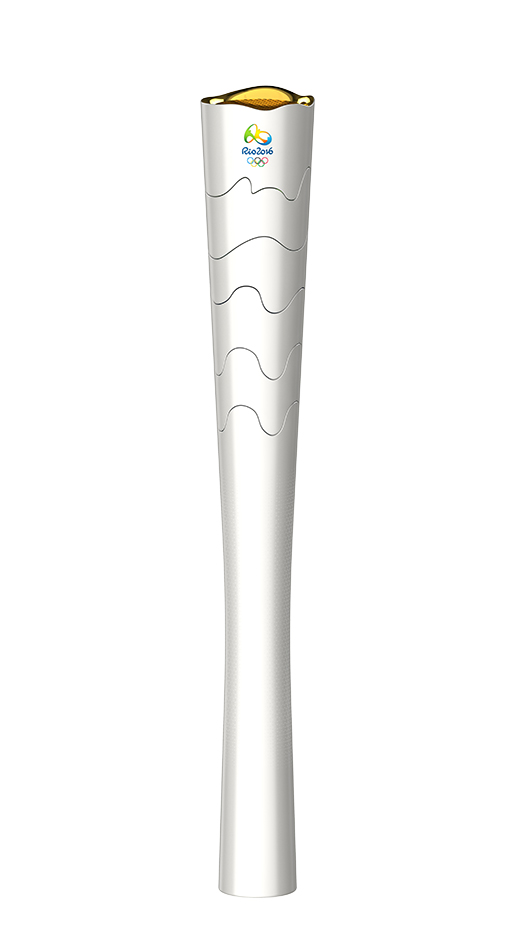
'It’s a big responsibility designing a symbol that must inspire positively millions of people,' says Gustavo Chelles, one half of Chelles & Hayashi Design, the Brazilian studio behind Rio's 2016 Olympic torch design.
Following in the footsteps of Barber Osgerby, whose perforated metal cone creation, coined 'the cheesegrater', was paraded across the UK in 2012, Chelles & Hayashi's interpretation takes an altogether different approach. 'Our goal was designing an icon that could express Brazil to the rest of the world, without the common stereotypes,' explains Chelles, 'in an object with elegance and, at the same time, simplicity.' By no means an easy feat.
Comprised of several recycled aluminium sections that represent Brazil's cultural diversity, the torch is distinguished by its unique mechanism, which, when passed between torch bearers, allows it to expand 5.5cm vertically towards its flame, simulating the movement of an athlete. When expanded, the undulating sections, coated with a pearl white epoxy resin, reveal a rainbow of different colours within, each carefully chosen to symbolise elements of Brazil's landscape – golden sun, green mountains, blue sea and Copacabana's dark blue sidewalks.
'We sketched about 250 concepts, which were filtered by the team in a collaborative process,' explains Chelles, whose studio battled it out with 76 other agencies to win the nationwide competitive tender. 'Two of them were 3D modelled and finally we decided to refine the one that best attended to our design goals.' Over the course of eight weeks, eight of the São Paulo studio's designers worked on the concept, creating models milled on a CNC machine to find the most comfortable grip. 'The movement starts when you open the gas valve for the kiss moment and the torch reveals its sections before receiving the flame.'
Manufactured in Barcelona, 12,000 of the torches will be carried across some 300 cities and towns in the 26 Brazilian states, plus the Federal District, for 90 – 100 days. As an additional interactive feature, the team have integrated cameras into the design, so as to capture their journeys and the faces of the people they will encounter on the way.
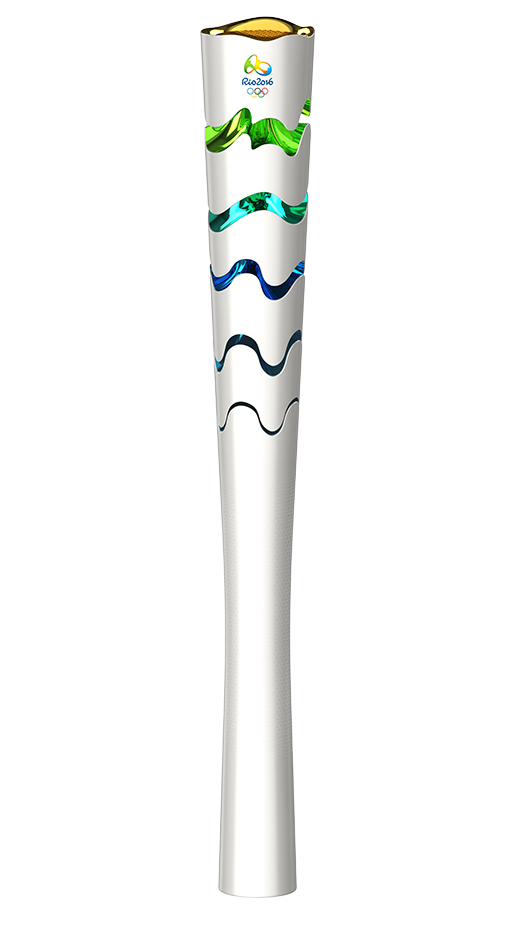
When expanded, the undulating sections, coated with a pearl white epoxy resin, reveal a rainbow of different colours within, each carefully chosen to symbolise elements of Brazil's landscape
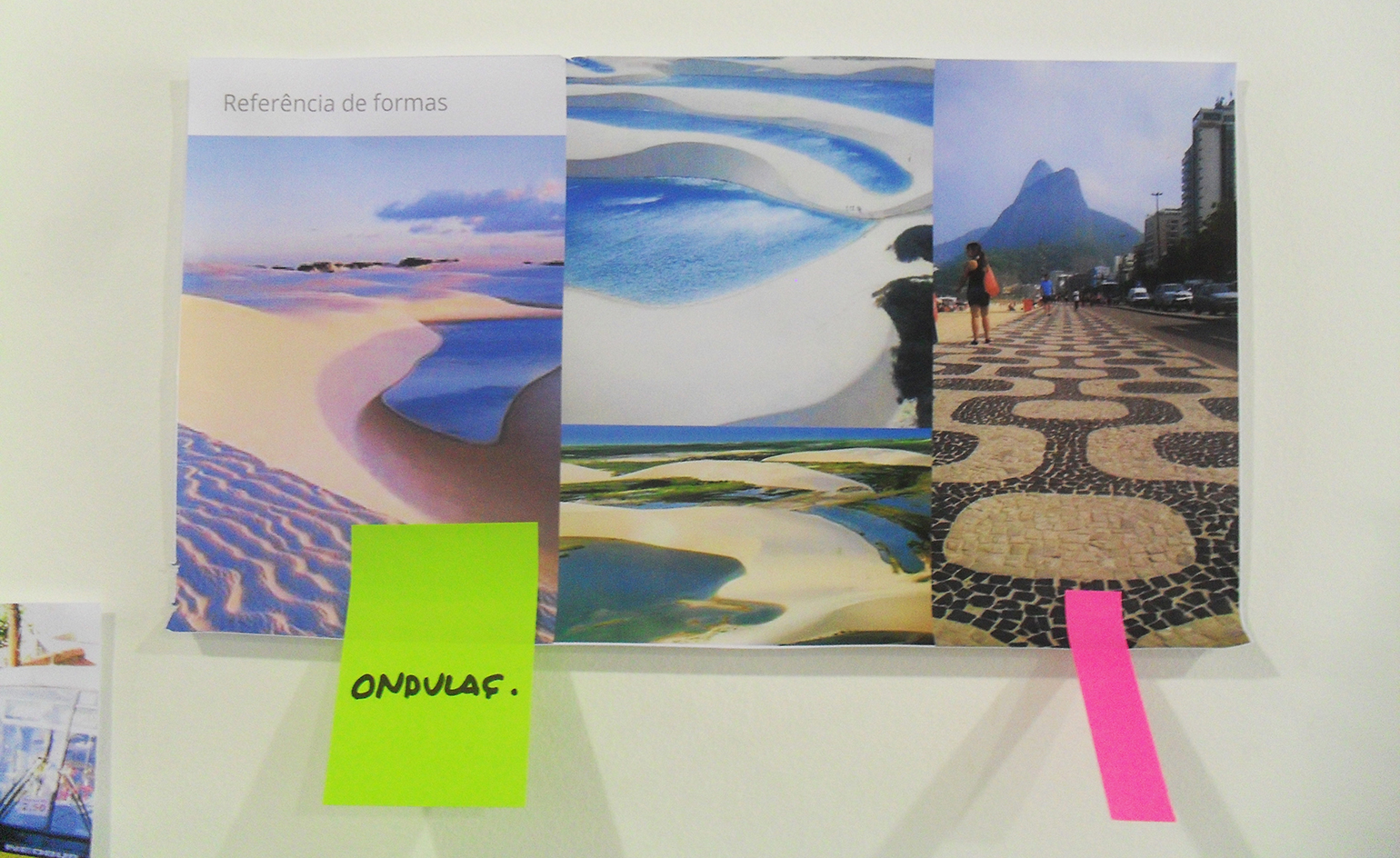
A team of eight designers at Chelles & Hayashi worked on the concept over the course of eight weeks, drawing inspiration from Brazil's diverse and rich landscape
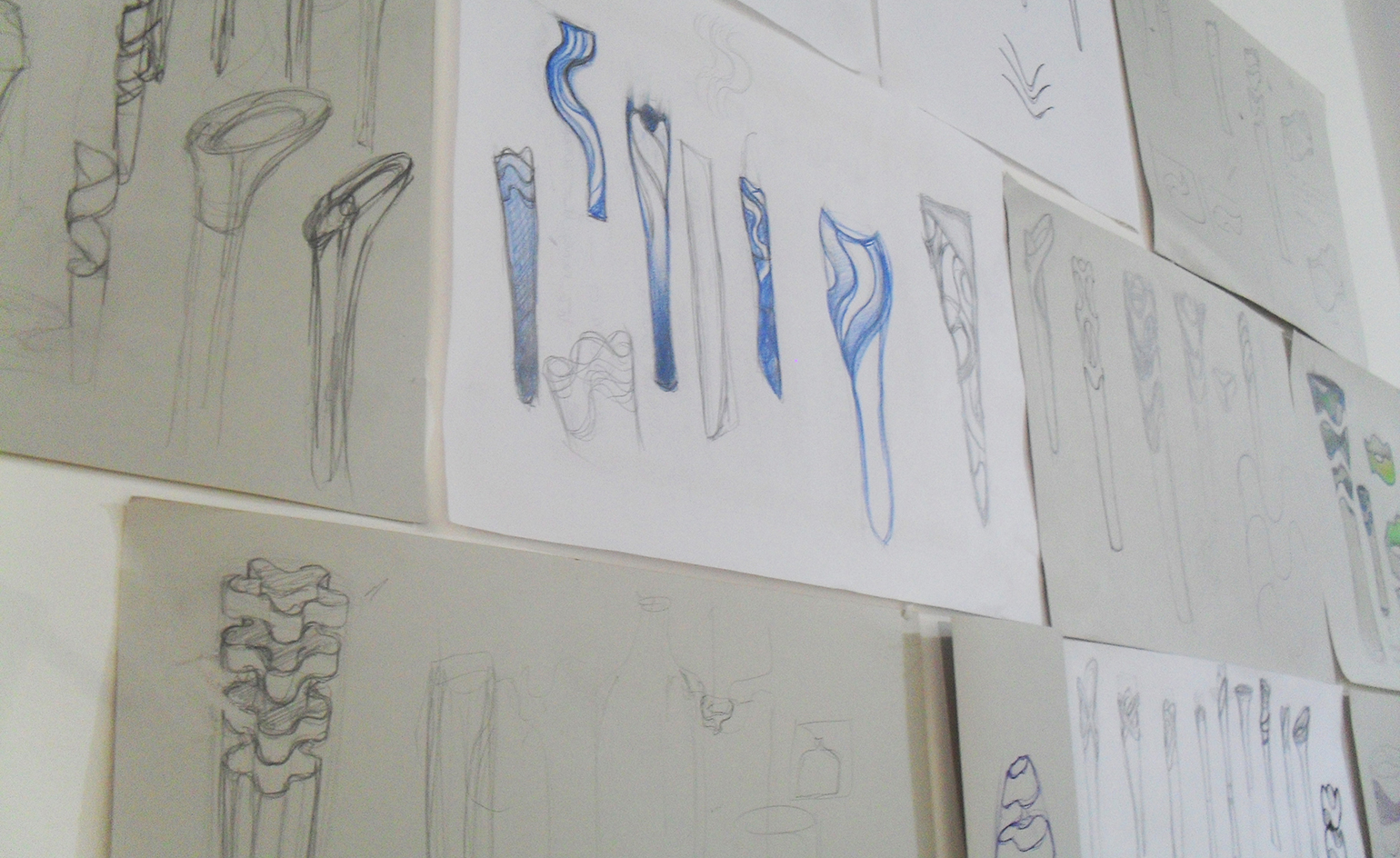
'We sketched about 250 concepts, which were filtered by the team in a collaborative process. Two of them were 3D modelled, and finally we decided to refine the one that best attended to our design goals,' says Chelles & Hayashi co-founder Gustavo Chelles
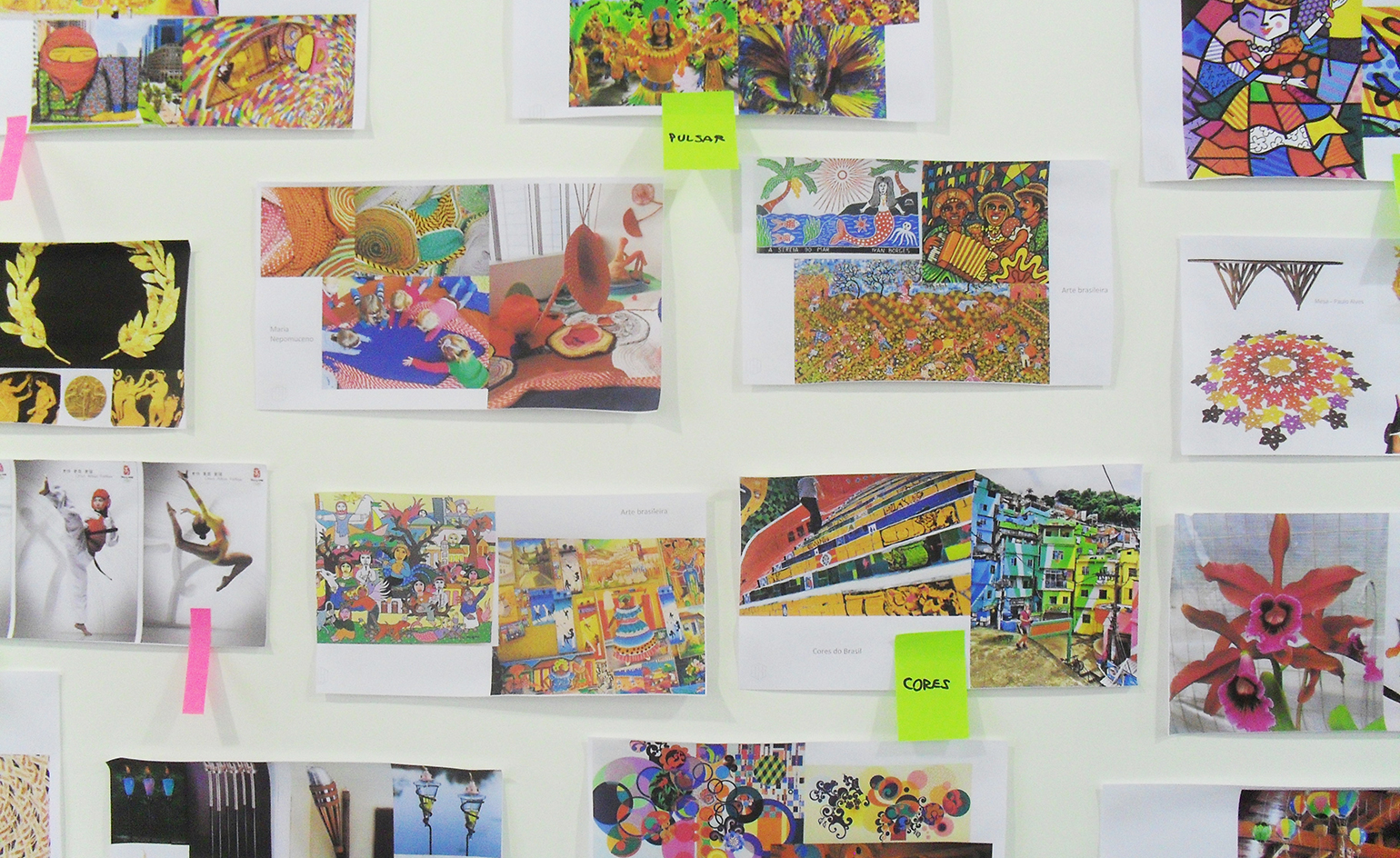
The studio's planning phase involved weekly workshops where ideas were discussed and inspirational imagery was pinned up on the walls

'The symbolism of the torch was to bring a fluidity message,' explains Chelles. 'Continuity – linking past, present and future; connection between races, cultures, beliefs that form Brazil'
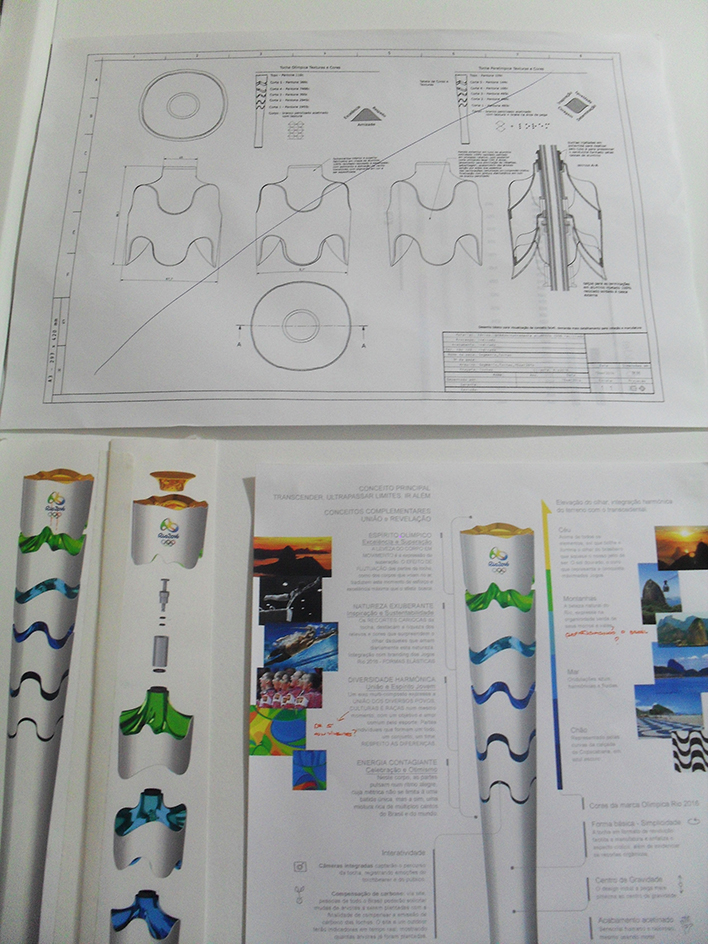
The recycled aluminium torch weighs between 1kg and 1.5kg, and stands at 63.5cm when closed and 69cm when expanded
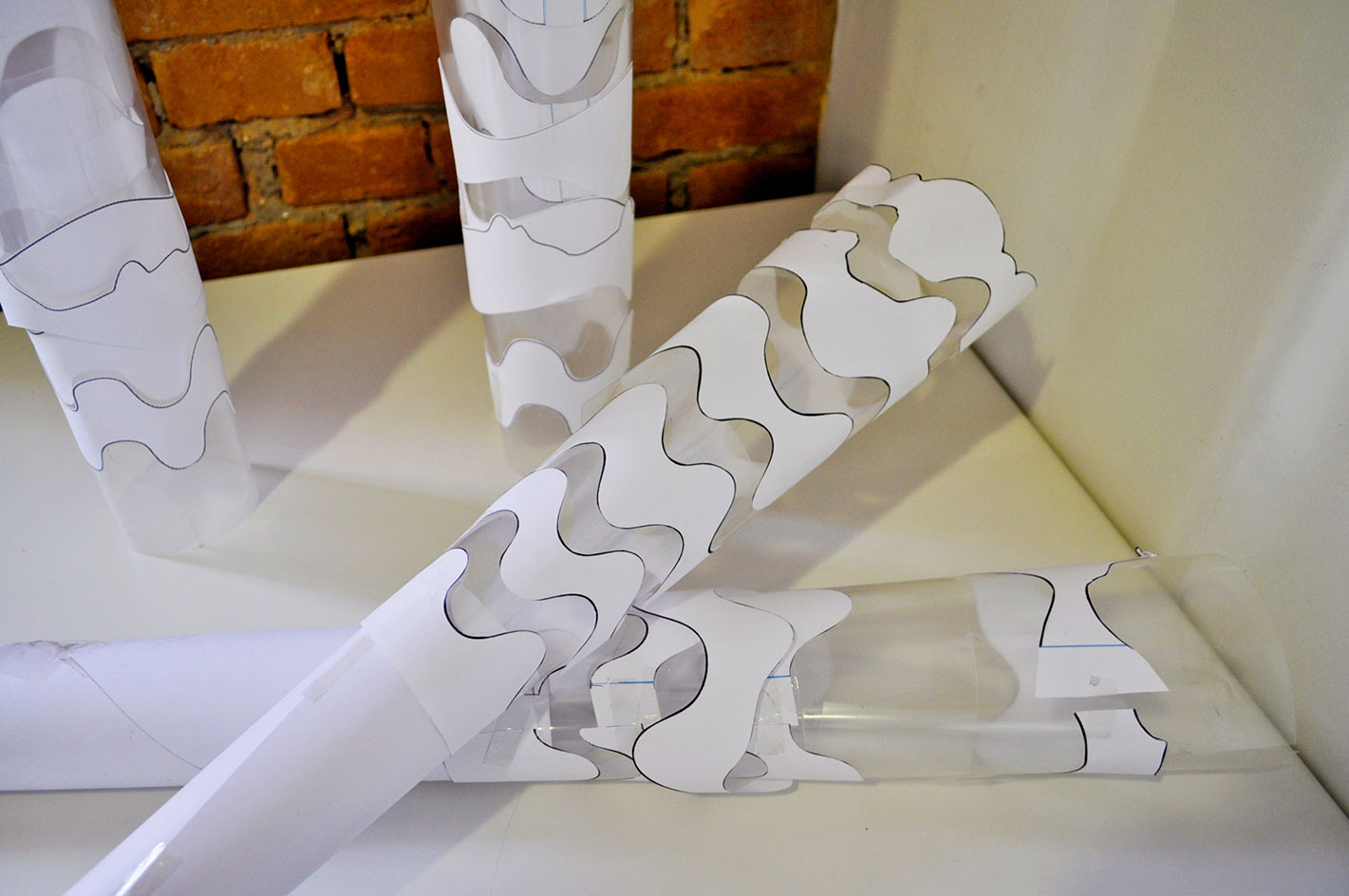
Beth Lula, Rio 2016 branding director said, 'We used the specific stroke of the Rio 2016 brand to design the torch’s contours. Its horizontal segments, once open, reveal the sky, mountains, sea and the ground, represented by the promenade of Copacabana'
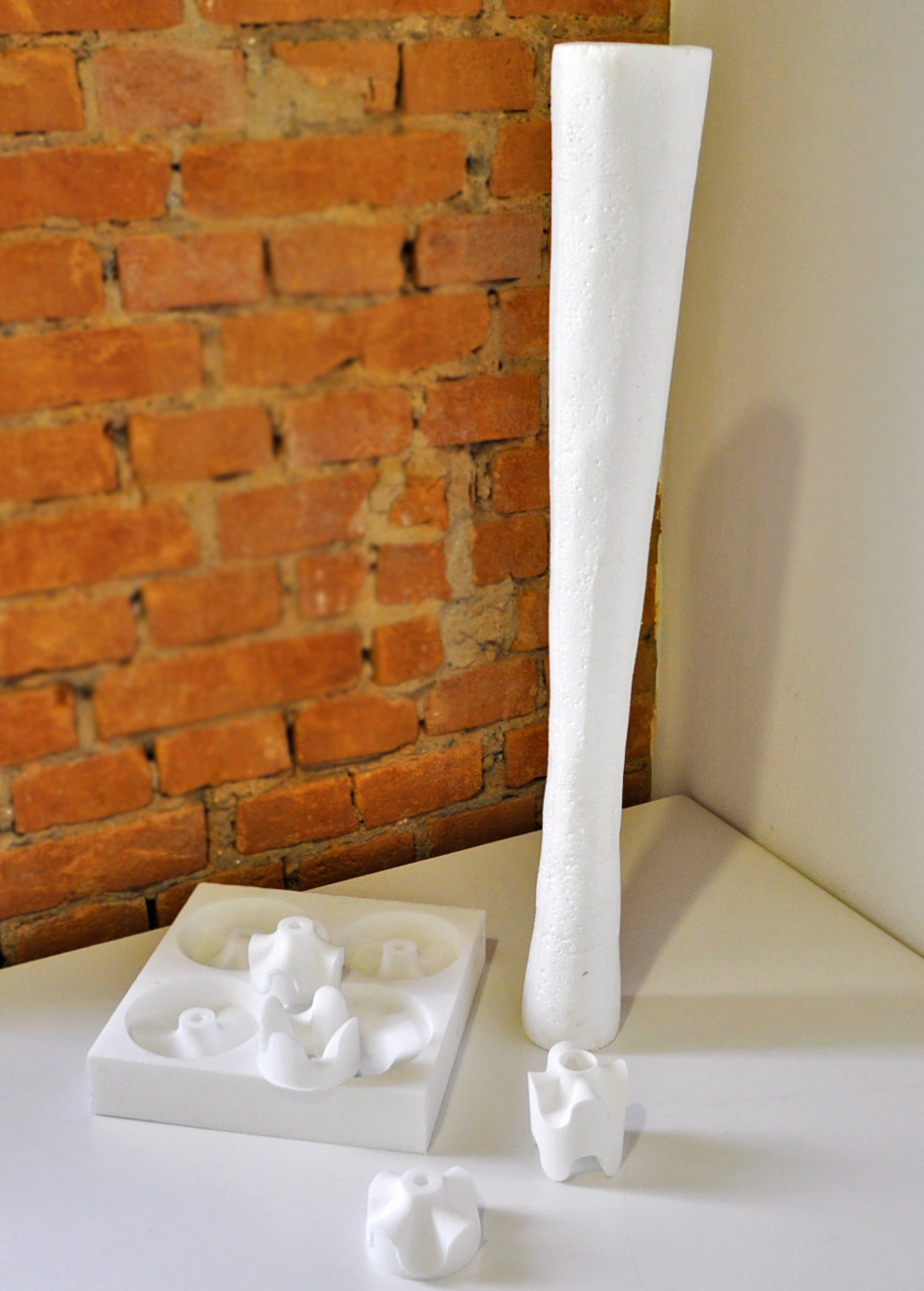
Mockups were milled on a CNC machine in order to achieve the most comfortable grip
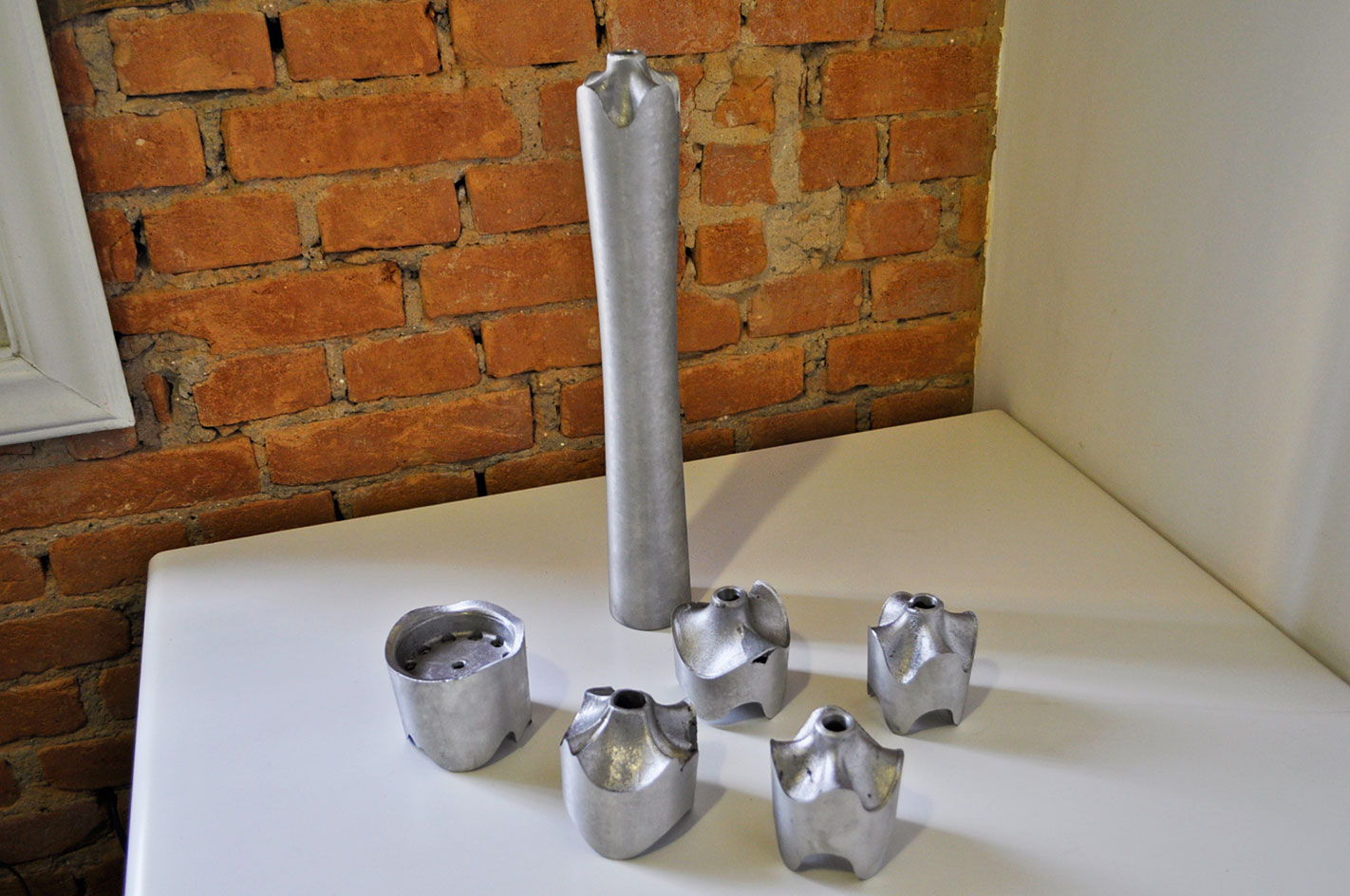
The final design will include integrated cameras that will capture the torches' journeys and the faces of the people they encounter on the way

Established 21 years ago by Gustavo Chelles and Romy Hayashi, Chelles & Hayashi battled it out with 76 other agencies to win the nationwide competitive tender
Wallpaper* Newsletter
Receive our daily digest of inspiration, escapism and design stories from around the world direct to your inbox.
Ali Morris is a UK-based editor, writer and creative consultant specialising in design, interiors and architecture. In her 16 years as a design writer, Ali has travelled the world, crafting articles about creative projects, products, places and people for titles such as Dezeen, Wallpaper* and Kinfolk.
-
 All-In is the Paris-based label making full-force fashion for main character dressing
All-In is the Paris-based label making full-force fashion for main character dressingPart of our monthly Uprising series, Wallpaper* meets Benjamin Barron and Bror August Vestbø of All-In, the LVMH Prize-nominated label which bases its collections on a riotous cast of characters – real and imagined
By Orla Brennan
-
 Maserati joins forces with Giorgetti for a turbo-charged relationship
Maserati joins forces with Giorgetti for a turbo-charged relationshipAnnouncing their marriage during Milan Design Week, the brands unveiled a collection, a car and a long term commitment
By Hugo Macdonald
-
 Through an innovative new training program, Poltrona Frau aims to safeguard Italian craft
Through an innovative new training program, Poltrona Frau aims to safeguard Italian craftThe heritage furniture manufacturer is training a new generation of leather artisans
By Cristina Kiran Piotti
